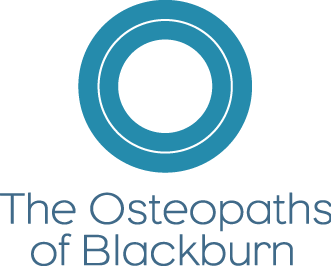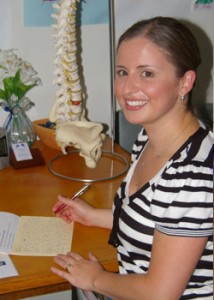Infant Massage
Following on from a previous blog I wrote about the benefits of massage, this time I thought I would write about infant massage. Parents often ask me “Can I massage my baby?”, and the answer is always “YES!” This is often followed by “But how do I massage a baby?” Well, read on and see…..
Touch is a channel of communication that infants understand well. Without words, touch becomes talk and inspires feelings of safety, trust, love and above all, an essential sense of connectedness. It can help calm and settle a tired, irritable infant, facilitate sleep, help digestion, and nurtures both mental and sensory development. The wonderful thing about baby massage is that the strokes and techniques can be adapted as your child grows. Infant massage has existed for generations in cultures around the world, and helps parents bond with their babies.
You can perform the massage on a change table or on the floor on a blanket or towel. Start off by warming a small amount of organic massage oil or natural body lotion in your hands. Make sure the product you buy is safe for use on infants and children. There are lots of organic baby lotions and massage oils on the market, have a look at your local chemist. If your child has specific skin issues, like eczema, you can find a lotion that soothes irritations and inflammations. Also, avoid massaging over any areas of broken or infected skin. Have everything you need at hand – oil, towels, and clothes ready to dress the baby afterwards.
The action of massage not only encourages circulation, it relieves pain, nourishes the skin and relaxes the child. Plus, just like you feel after a good massage, you are promoting a sense of wellbeing from the positive “feel good” hormones or endorphins that are released. Maintain eye contact with your baby and talk to your baby about what body part you are massaging. That way, you are stimulating their sense of touch, sight and hearing, and you can watch for their cues.
The massage doesn’t have to go for very long, a few minutes is plenty to start off with. Start with long, gentle, relaxed strokes up little legs to loosen up muscles and help flexibility. Massage each little toe and with circular thumb strokes, massage baby’s feet. Repeat with the arms, gently stroking upwards and then massage fingers and palms.
Gentle, circular motions, clockwise over the belly, aid digestion and ease bowel function. Don’t massage too soon after a feed or if baby has hiccups, as it may be uncomfortable for them. This tummy massage can be great to relieve a windy or constipated baby. When baby is on their tummy, softly stroke up and down the back, on either side of the spine. Remember you don’t need to use firm pressure, just enough to rub in lotion, and always watch for your babies responses.
In infants, body awareness takes time to develop, so massaging different body parts while you talk about them with your baby can facilitate coordination, motor skill development and muscle control. A baby’s brain grows as a result of movement experiences, so lots of movement means lots of brain growth, developing neural connections – connections between nerve cells in your baby’s brain. This is what will form the foundations for thinking, feeling and learning.
These massage techniques should be used as a guide only, so if you would like further information, don’t hesitate to talk to your Osteopath at your next appointment. There is also lots of information on the following websites where you can learn more of the benefits and even take a class on infant massage:
http://www.babymassage.net.au/

